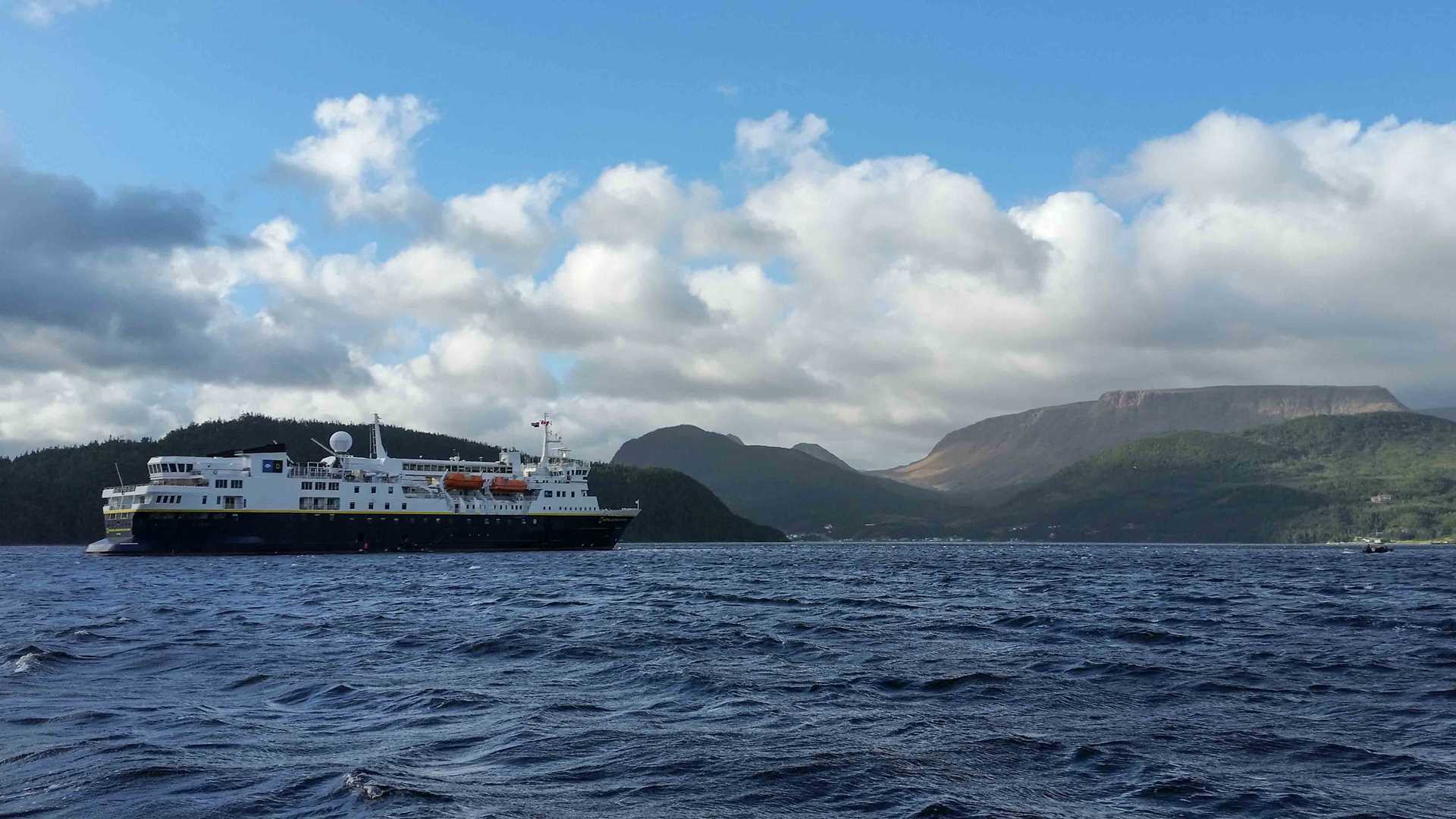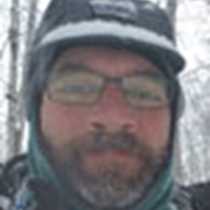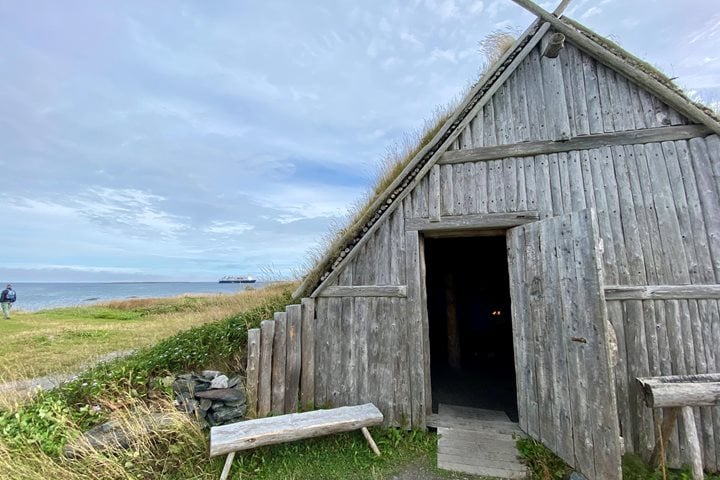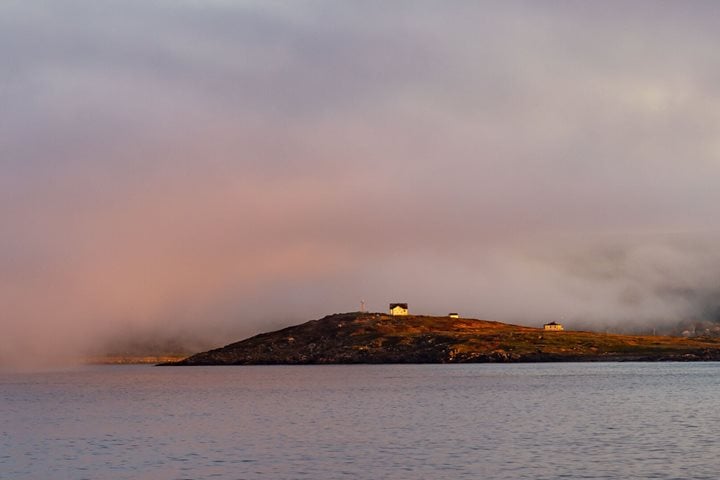Established in 1973, Gros Morne is Atlantic Canada's second largest National Park at nearly 2,000 km². It harbors some of this region’s finest natural jewels, so much so it obtained UNESCO World Heritage status in 1987. The park is bisected by Bonne Bay's two arms, and from the view at Woody Point one can clearly see the distinctive geologic formation known as The Tablelands. This feature holds a high rank in terms of significance, as it is the location that helped confirm the theory of plate tectonics. Comprised of rock from the Earth's mantle and sandwiched in between the two ancient continental crusts this red-orange flat-topped peak sticks out like a sore thumb. This entire landscape has been sculpted by glaciers for over three million years and its geologic history spans over a half billion years.
Our morning here focused on the geology and natural history of this beautiful park. Many chose to see as much of the park by visiting several locations of interest and scenic beauty, including a windy but breathtaking visit to The Tablelands. Several hardier souls set out on foot to have a good leg stretch on Lookout Hill. Hiking uphill and through the boreal forest ultimately climbing above treeline into the alpine habitats of the park. Fortunate for them they were able to see a black bear and two bull moose in their fall prime. A brisk Zodiac ride over the windswept waters back to the ship for lunch in order to prepare for the afternoon outings in the park.
Relatively strong winds, remnants of tropical storms from the south, have been with us for a couple days creating challenging conditions for finding protected anchorages and for operating Zodiacs for landings. Our Captain and crew however are quite use to this so with a little maneuvering and cunning we managed to reposition the ship across the fjord to Norris Point for our afternoon explorations. Long before this area was set aside as a national park it has been occupied by hardy peoples making their living from the waters and forested hills. One option for this afternoon would learn more about life here as well as explore the North coast of the parks geology and natural features. A second outing would also head out along the sea battered North shore and then head inland on foot to explore another distinctive landscape of Gros Morne, The Western Brook Pond. Hiking through vast expanses of marsh or bog habitat on trail and boardwalk to the “pond” which is technically an ancient fjord, now a freshwater glacial lake, with the peaks of The Long Range Mountains forming an impressive backdrop. By 1700 we were back at the landing and heading towards the ship for the evening events. After dinner our historian, Vincent Butler gave a wonderful presentation on the Vikings, and Norse cultures in preparation for tomorrows visit to L'Anse Aux Meadows, the UNESCO site preserving the furthest west known Norse settlement in North America.







